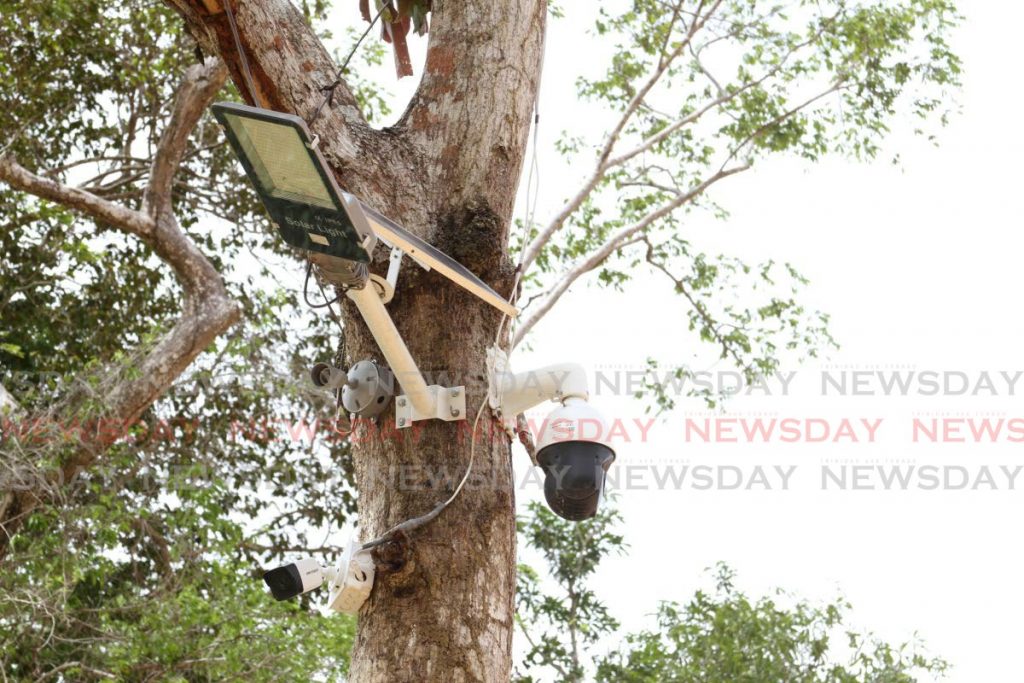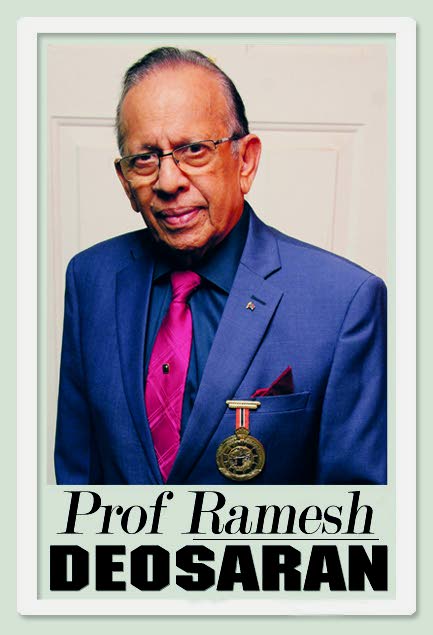How cameras help justice

The street celebrations went joyously wild last Tuesday when Minneapolis judge Peter Cahill announced the jury’s guilty verdict against police officer Derek Chauvin. No man is above the law, declared US President Joe Biden as he approved the verdict. The Minneapolis House Speaker, in dealing with police reforms, said the police should not enjoy any rights beyond what the citizen enjoys.
Last May, Chauvin, a white officer, kept his knee on George Floyd’s neck for almost ten minutes while Floyd, a black man, persistently said “I can’t breathe.”
Floyd was being arrested for allegedly using counterfeit money. But that shouldn’t matter.
There was no crowd of onlookers. The police did not film Chauvin’s knee-press act. So what triggered the widespread anger and international protests with Black Lives Matter placards? Sure, Floyd’s death aroused anger, but it was the camera shot that triggered the raging protests.
After all, as reported, Bowling Green State University criminologist Phil Stinson explained that after the thousands of deadly police shootings in the US since 2005, fewer than 140 officers have been charged with murder or manslaughter. Police have also killed numerous black men before. Before Tuesday, Stinson added, only seven officers had been convicted of murder through excessive use of force.
Of course, Floyd’s death was tragic, but the ghastly details might not have been as clearly told as the camera did. It was the cellphone camera of an 18-year old black girl, Darnella Frazier, who stood silently on the pavement and captured Chauvin’s knee-press, with the three other officers just standing by.
When I discussed this high-profile matter with my colleague Prof Ray Socorro at Miami Dade School of Justice, he explained that while use of force may be reasonably applied, excessive use of force, especially if it causes injury or death while in police custody, is a very serious charge.
The George Floyd case brings us back to 1999, when four Los Angeles Police Department (LAPD) officers inflicted a load of brutality on a black man, Rodney King. This incident was made into an award-winning movie which carried the summary: “The beating of Rodney King by four LAPD officers was a defining moment of the nineties. It caused one of the worst race riots in America history and led to a national debate about police brutality, the fairness of the justice system and the state of racism in America.” The national uproar was instigated by a nearby security camera which captured the police beating.
In matters of alleged police brutality or excessive use of force, the use of a camera – cellphone or body camera – is in the interest of both police and victim since it allows a case-by-case examination. Technical or situational challenges could be cleared up during further investigation or at trial.

“Excessive force” depends on circumstances. Briefly, if a suspect sprays some water on a police officer’s face and the officer retaliates by fatally shooting the suspect, that is excessive force. If a suspect points a gun straight at an officer or a nearby person with the apparent intention to shoot, the officer is entitled to shoot or disarm the suspect. Body cameras help determine the circumstances.
Three weeks ago, Archbishop Jason Gordon told interviewer Fazeer Mohammed: “Two suspects getting killed while in police custody is a very serious matter.” New Minister of National Security and Laventille West MP Fitzgerald Hinds will do well as a public-interest initiative to have the police use-of-force policy published.
Should citizens worry over the 124 police-involved shootings since 2018? Or don’t worry, since “monsters and cockroaches” were among those killed? So far this year it is 12, with 15 victims. Or is there a fear to comment or even criticise? The secretary of the Emancipation Support Committee, a worried Khafra Kambon, declared: “The Floyd verdict should serve as a message to police, including the Trinidad and Tobago Police Service. A lot of questionable things happen in our police service.”
Amnesty International called for “shrinking the size and scope of law enforcement in daily life and demilitarising law enforcement.” US Attorney General Merrick Garland has initiated an inquiry into Minneapolis policing.
Our AG, Faris Al-Rawi, should demonstrate that he is also AG for the wider public interest and not just a policing cheerleader. His professional integrity is also on camera.


Comments
"How cameras help justice"